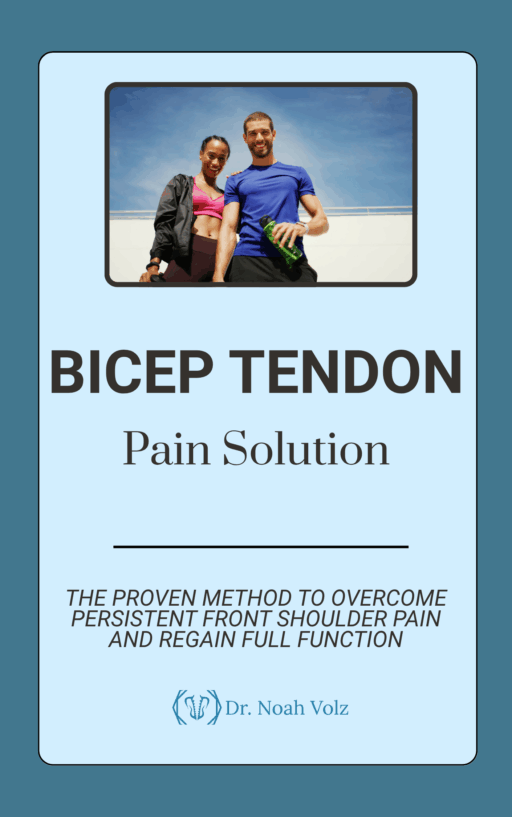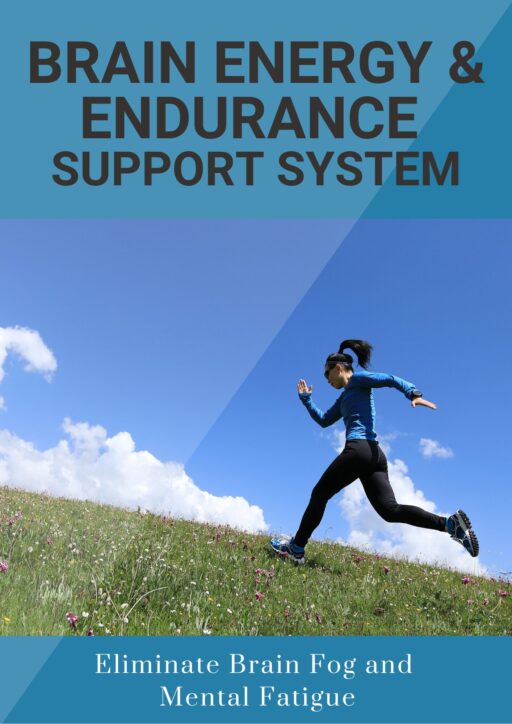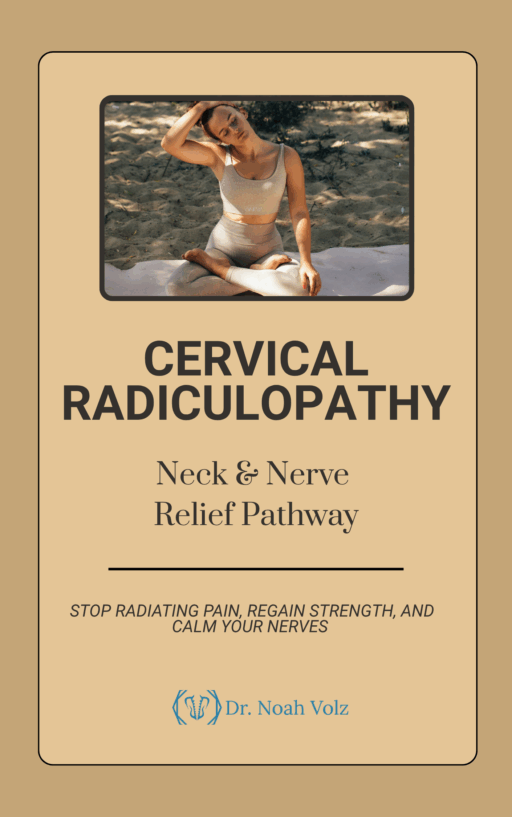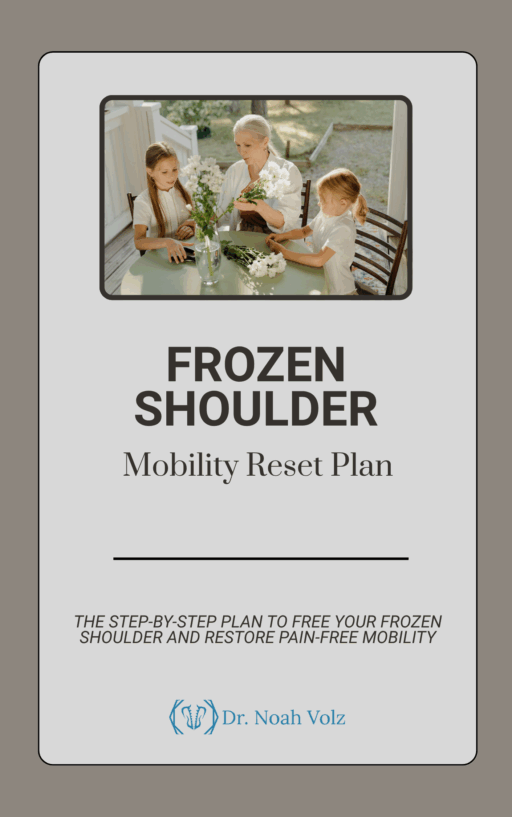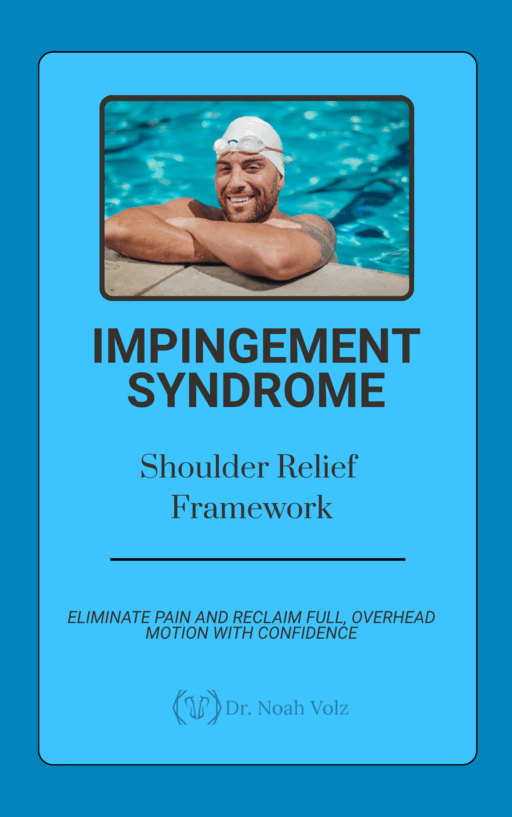Have you ever experienced a dull, achy pain in your lower back that just won’t seem to go away? Does it tend to get worse when you arch your back or twist to the side? If so, you may be dealing with a condition called lumbar facet syndrome.
At our chiropractic clinic in Ashland, OR, Dr. Noah Volz and our team have helped many patients find relief from the pain and stiffness of lumbar facet syndrome. We understand how frustrating and limiting this condition can be, and we’re here to help you get to the root of the problem and start feeling better.
In this blog post, we’ll explain what lumbar facet syndrome is, what causes it, and how chiropractic care can help you find lasting relief.
What Is Lumbar Facet Syndrome?
Your spine is made up of a series of bones called vertebrae, stacked on top of each other with discs in between. On the back side of each vertebra, there are two small joints called facet joints. These joints connect the vertebrae to each other and help guide and limit the motion of your spine.
Lumbar facet syndrome is a condition where these joints become irritated, inflamed, or restricted. This can happen due to a number of factors, such as:
– Acute injury or trauma to the low back
– Repetitive strain or overuse
– Poor posture or alignment
– Degeneration or arthritis of the joints
– Muscle imbalances or weakness
When the facet joints aren’t moving or functioning properly, it can cause pain, stiffness, and loss of mobility in the lower back. In fact, research suggests that the facet joints may be the source of pain in up to 45% of people with chronic low back pain.
What Are the Symptoms of Lumbar Facet Syndrome?
The most common symptom of lumbar facet syndrome is a deep, aching pain in the lower back. This pain may be on one side or both, and it tends to be localized to the area of the affected joint. Other signs and symptoms may include:
– Pain that gets worse with standing, arching the back, or twisting
– Pain that improves with sitting, bending forward, or changing positions
– Stiffness or loss of flexibility in the low back
– Tenderness or soreness when you press on the facet joints
– Muscle spasms or guarding around the painful area
– Referred pain into the buttocks, hips, or back of the thighs (but not usually down the legs)
It’s important to note that lumbar facet syndrome can sometimes mimic other conditions, like a herniated disc or muscle strain. That’s why getting an accurate diagnosis from a skilled provider like Dr. Noah Volz is so important.
How Is Lumbar Facet Syndrome Diagnosed?
When you come to our clinic with low back pain, Dr. Noah will start by asking you detailed questions about your symptoms, activities, and medical history. He’ll then perform a thorough physical exam to check your spinal alignment, flexibility, and muscle tone. He may also do some specialized tests to see if your pain is coming from the facet joints, such as:
– Palpating (feeling) the joints for tenderness or restriction
– Asking you to bend or twist in certain directions to see what reproduces your pain
– Testing your reflexes, strength, and sensation to rule out nerve involvement
In some cases, X-rays or an MRI may be ordered to get a closer look at the joints and rule out other problems. However, imaging tests are not always necessary to diagnose lumbar facet syndrome.
How Can Chiropractic Care Help Lumbar Facet Syndrome?
The good news is that lumbar facet syndrome usually responds very well to conservative, non-surgical care. At our clinic, Dr. Noah uses a variety of evidence-based techniques to help relieve pain, restore function, and prevent future problems. These may include:
1. Chiropractic adjustments to gently realign the facet joints and restore normal motion.
2. Soft tissue therapies like massage, trigger point therapy, and instrument-assisted soft tissue mobilization (IASTM) to relax tight muscles and promote healing.
3. Stretching and strengthening exercises to improve flexibility and support the spine.
4. Postural education and ergonomic advice to reduce strain on the facet joints.
5. Ice or heat therapy to control pain and inflammation.
6. Nutritional recommendations to support healthy joints and reduce inflammation naturally.
The exact treatment plan will depend on your individual needs and goals. Dr. Noah will work with you to create a personalized care plan that fits your lifestyle and helps you get back to the activities you love.
Multiple research studies have shown that chiropractic care can be highly effective for treating lumbar facet syndrome and other types of low back pain. In fact, a recent guideline from the American College of Physicians recommends spinal manipulation as a first-line treatment for acute and chronic low back pain.
So if you’re tired of living with low back pain and stiffness, don’t wait any longer to get help. Schedule an appointment with Dr. Noah Volz at our chiropractic clinic in Ashland, OR today. With our safe, effective, and individualized approach, we can help you find the relief you’ve been looking for and get back to living your best life.
References:
1. Manchikanti L, Singh V, Pampati V, Damron K, Barnhill R, Beyer C, Cash K: Evaluation of the relative contributions of various structures in chronic low back pain. Pain Physician 2001, 4:308-316.
2. Bronfort G, Haas M, Evans R, Bouter L. Efficacy of Spinal Manipulation and Mobilization for Lower Back Pain and Neck Pain: A Systematic Review and Best Evidence Synthesis, The Spine Journal, 2004.
3. Globe G, Farabaugh R, Hawk C, Morris CE, et al. Clinical Practice Guideline: Chiropractic Care for Low Back Pain. JMPT Jan 2016 Volume 39, Issue 1, Pages 1–22.
4. Qaseem A, Wilt TJ, McLean RM, Forciea MA, for the Clinical Guidelines Committee of the American College of Physicians. Noninvasive Treatments for Acute, Subacute, and Chronic Low Back Pain: A Clinical Practice Guideline From the American College of Physicians. Ann Intern Med. 2017;166(7):514-530.
5. Coulter, Ian D. et al. Manipulation and mobilization for treating chronic low back pain: a systematic review and meta-analysis. The Spine Journal , Volume 18 , Issue 5 , 866 – 879
Want to know what kind of back pain you have?
-

Bicep Tendon Pain Solution
$50.00 -

Brain Detoxification & Recovery System
$50.00 -

Brain Energy and Endurance Support System
$50.00 -

Brain-Based Movement and Motor Control Training
$50.00 -

Centralized Low Back Pain
$50.00 -

Cervical Radiculopathy: Neck and Nerve Relief Pathway
$50.00 -

Complex Low Back Pain
$50.00 -

Complex Radiating Low Back Pain
$50.00 -

Cross-Pattern Low Back Pain
$50.00 -

Frozen Shoulder Mobility Reset Plan
$50.00 -

Impingement Syndrome: Shoulder Relief Framework
$50.00 -

Mastering Brain Senses: Rebuild Your Hearing, Vision, and Body Awareness
$50.00


